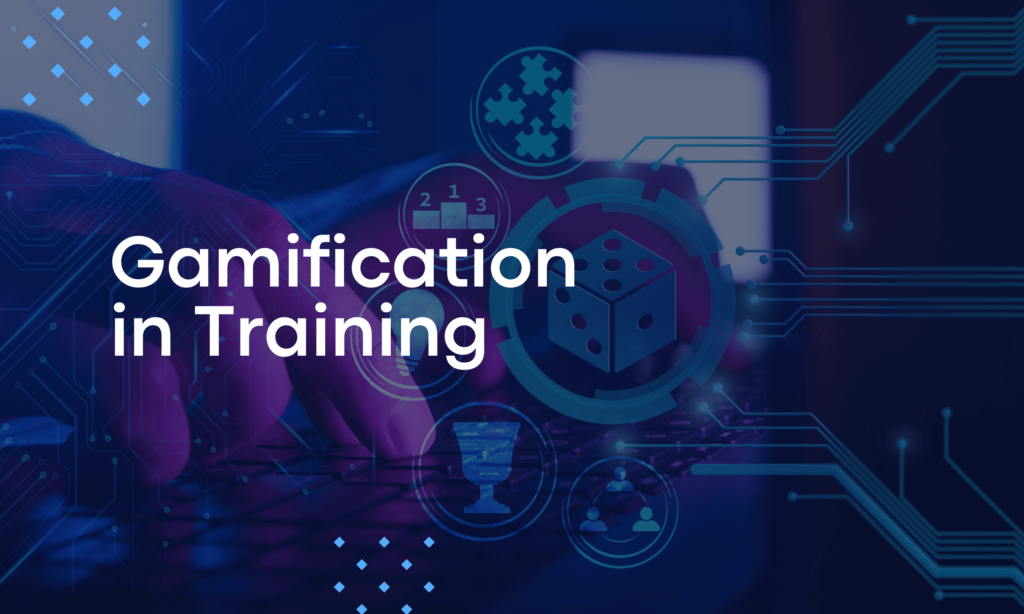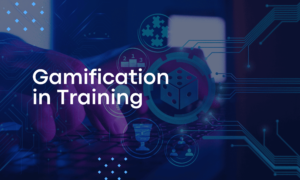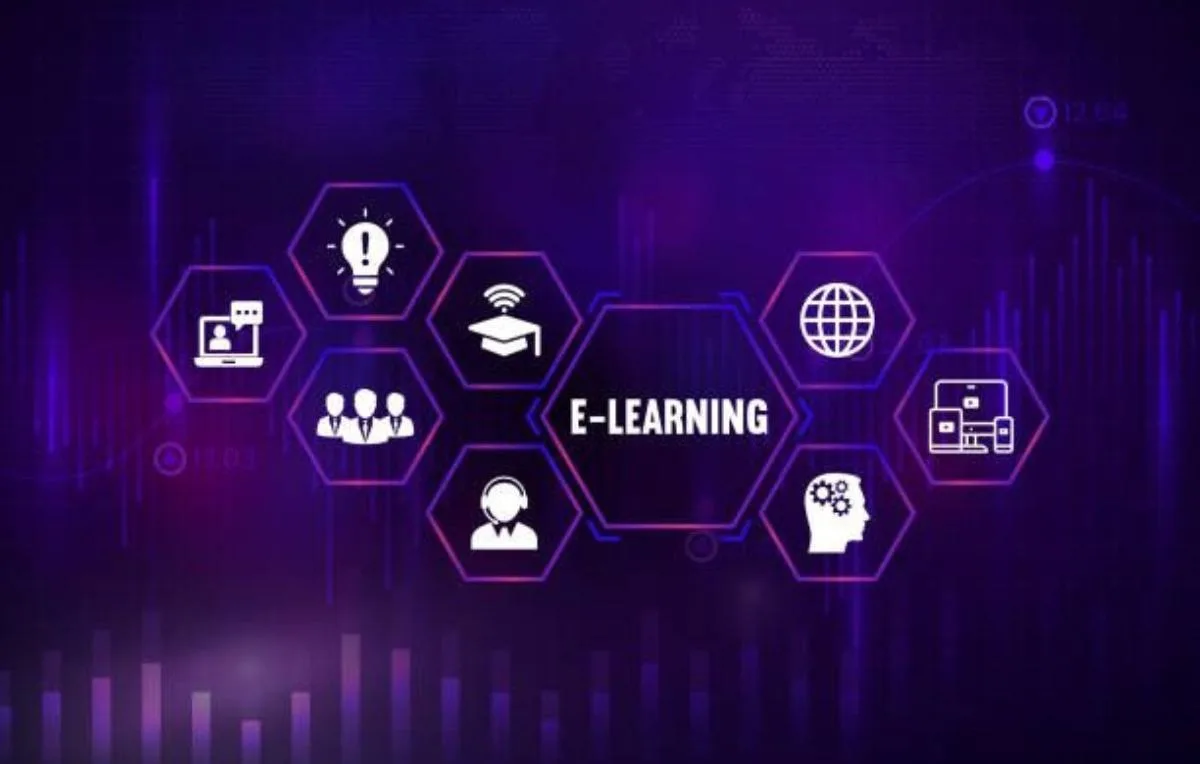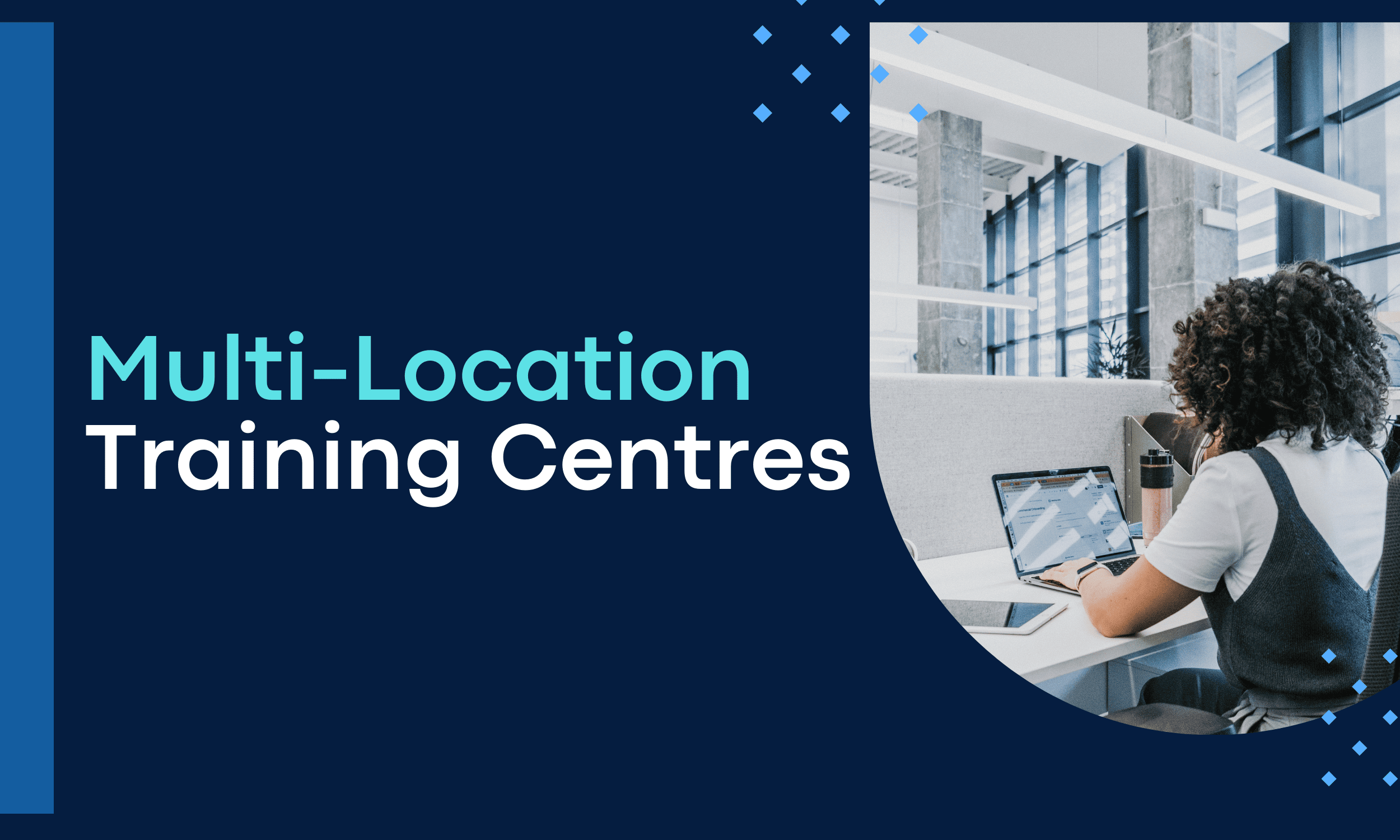The idea of Gamification itself has been around for a while. It is often leveraged to create engaging learning content or to improve learning retention. Taking a page from Duolingo’s success, engaging learners through gamified approaches can be considered crucial for several reasons:
- The use of elements like points, badges, and leaderboards can make learning fun and rewarding. It increases motivation and encourages learners to stay engaged.
- Interactive and game-like elements help learners actively participate and enjoy the process. This in turn increases learning retention.
- Gamified systems often provide instant feedback, allowing learners to understand their mistakes and correct them in real-time. This helps in solidifying knowledge.
- Gamification enables safe failures. Learners can experiment, make mistakes, and learn from them without the fear of real-world consequences.
- Many gamified platforms adapt to the learner’s pace and style, providing a personalized learning experience. This ensures that learners are challenged just enough to keep progressing.
- Gamified learning often includes elements of teamwork and social interaction, fostering collaboration among learners. This can enhance communication skills and build a sense of community.
- Gamification helps learners set clear goals and track their progress. This structured approach keeps learners focused and motivated to achieve their objectives.
Gamification is a really interesting method that can enhance the quality of training and increase the interest and engagement level multi-fold. The results however depend on how the game elements are used within the narrative. The article takes you through the concept of gamification and its key elements and lists some tried and tested strategies for using gamification in training.
I. Understanding Gamification: Concepts and Benefits
If we were to trace back the use of Gamification, we can find early examples of it in the leaderboards used in schools for all-round performance evaluations. From the use of simple point systems and quizzes to make learning more interactive and enjoyable, gamification was initially used to add a fun element to otherwise mundane tasks. Over time, with the evolution of digital platforms, gamification evolved too. And it came with virtual badges, leaderboards, and interactive simulations. With online learning becoming more prevalent, gamified training programs now use data analytics for personalizing the learning experience. With advanced technologies such as augmented reality (AR) and virtual reality (VR) in the mix, gamification can now be used to deliver immersive learning experiences, allowing learners to practice skills within simulated environments.
The primary goal of gamification in training is to motivate learners by making the learning process more engaging and fun. Gamification itself is about building game-like experiences to inspire learners to participate actively and learn persistently.
Why gamification? While it would be fun if all training could be gamified, that is still a work in progress. Gamification can be skillfully incorporated to good measure. The benefits of gamification in training include:
- Increased Engagement by making learning fun.
- Enhanced Motivation by encouraging learners to learn for the satisfaction of achievement rather than for external rewards.
- Improved Learning Outcomes due to active participation and hence better knowledge retention.
Gamification is a promising approach to enhance learning as it provides a motivating and enjoyable environment for learners. Research even highlights that “challenge-based gamification has a positive impact on student learning compared to traditional teaching methods.”
II. Key Elements of Gamification in Training
Well, now that we have a rough idea about Gamification language, let’s jump to level two. Le Let us touch base on gamification elements as listed below.
- Points are numerical scores usually awarded for completing tasks, quizzes, or activities. Points provide immediate feedback and give learners a sense of accomplishment.
- Badges are essentially visual symbols of achievement. Based on the theme/narrative badges can either be simple or visually fascinating. Badges are usually used to mark specific milestones or skills acquired during training.
- Leaderboards as the name suggests is a virtual board used to rank learners based on their points or achievements. It introduces a competitive element.
- Levels in gamification indicate stages of progress. As learners accumulate points or complete tasks and advance to higher levels, new content, and challenges are unlocked.
- Challenges and quests add a narrative element to the training and are specific tasks or missions that learners must complete.
- Rewards can either be given physically (certificates or prizes) or represented virtually (recognition or virtual goods). Rewards can be good incentives to motivate learners.
- Feedback is an immediate and constructive way to help learners understand their progress and scope for improvement.
- Storytelling elements in the form of a compelling narrative can provide context and relevance to the learning material and make training more engaging.
- Social features like discussion forums, group challenges, and peer reviews foster collaboration and community among learners.
- Personalization by tailoring the learning experience to individual needs and preferences ensures that learners are neither bored nor overwhelmed.
The thing with game elements is that they need to be utilized in the right context. Gamification of training can be further elaborated in terms of how the game elements are put to use within the training to drive interesting content interactions.
A. Game Mechanics
Game mechanics are the fundamental rules, that define how game elements work and how they define success or failure.
Points, badges, and leaderboards (PBL) are fundamentals of game mechanics. These are commonly used in gamification to enhance engagement, motivation, and learning outcomes in training environments.
Points are used to indicate progress and achievements, unlock new content or challenges, provide extrinsic rewards for desired actions, and motivate learners to continue participating.
Badges on the other hand provide recognition for specific accomplishments, differentiate levels of difficulty or mastery, encourage learners to pursue diverse goals, and foster a sense of pride and self-esteem.
Leaderboards indicate performance or progress within a gamified system. It fosters a sense of community and belonging, provides social recognition for high achievers, motivates learners to improve their performance, and encourages collaboration and peer learning.
When implemented effectively in training, PBL mechanics can enhance the experience by making it more engaging, challenging, and rewarding for learners. Points could be awarded for completing modules and answering questions correctly. Accumulated points may unlock advanced training content or unlock certificates or promotions. Similarly, badges can be awarded for completing courses, demonstrating proficiency in certain skills, or exhibiting desired outcomes like teamwork or leadership. Earning badges can motivate learners to continue their training and strive for higher levels of expertise. The learners’ progress, completion rates, or scores can be showcased on the leaderboards. Seeing their name on a leaderboard can motivate learners to engage more actively with the training content and strive for better results.
B. Narrative and Storytelling
Narratives and storytelling are used as game-like elements for creating immersive learning experiences that deeply engage learners. This can make training more informative, memorable, and tied to the experiences of employees. Narratives and Storytelling in training bring with them the quality to engage and capture attention along with many other benefits.
- Emotional Connect: Narratives and storytelling can create an emotional connection between the learners and the content, making it more memorable and impactful. Goes without saying that, emotional engagement can lead to better retention and understanding.
- Increased Engagement and Motivation: Immersive storytelling and narratives have the power to captivate learners’ attention and make them invested in the learning environment
- Contextual Learning: Using storytelling makes learners a part of the story, allowing them to see the practical application of concepts rather than relying on theory alone.
- Enhanced Knowledge Retention: Strong narratives in learning content reinforce key concepts and ensure complete understanding.
- Creativity and Problem-Solving: Using narratives in virtual environments allows learners to explore and experiment with new ideas, and come up with creative and innovative solutions to problems.
Many organizations have successfully utilized the power of storytelling and narratives to create powerful courses that have delivered notable results.
C. Challenges and Rewards
Challenges and rewards are the lifeblood of gamification. The challenge here is the motivation and reward, the gratification associated with successfully achieving the training goals. However, gamification needs clear strategies. The key lies in designing meaningful challenges that align with learning objectives. Some key considerations for designing challenges in training content are as follows:
- Identifying the training objectives correctly.
- Understanding the audience, their skill level, background, and needs.
- Creating realistic scenarios that mimic real-world situations to depict the relevance of the training content.
- Incorporating problem-solving to compel learners to think critically and find solutions in their way.
- Providing clear instructions to ensure that learners understand what is expected of them.
- Including feedback mechanisms to help learners learn from their mistakes and understand where they need to improve.
Just like challenges reward systems can greatly influence learner motivation and sense of achievement. Using reward systems as game elements in training offers the following benefits.
- When learners are rewarded for their efforts, their motivation tends to increase. They engage with the training more actively and there is also positive reinforcement of behaviors/actions.
- Structured reward systems can result in enhanced learning outcomes.
- Reward systems can help create a positive learning environment and influence the development of positive learning habits.
However, to get the best out of challenges and rewards it is essential to note that Gamification is about maintaining the balance between extrinsic and intrinsic motivation. It should be about kindling the joy of learning and personal growth, rather than solely focusing on rewards. So, while incorporating rewards, it is essential to use them in moderation to prevent dependency and ensure their effectiveness. Rewards should acknowledge major achievements rather than being used to incentivize routine tasks. Training needs to be on equal grounds for all learners and equitable compared to their peers.
III. Top 5 Ways to Implement Gamification in Training
As discussed in the previous sections, implementing gamification in training can significantly boost engagement, motivation, and knowledge retention. But it is not as simple as plugging in the PlayStation. The methods of utilizing gamification in training are constantly evolving. Here are the Top 5 Ways to Implement Gamification in Training
A. Progress Tracking and Achievement Levels
Progress Tracking and Achievement Levels are key components of gamification in training. By monitoring learners’ progress and rewarding them as they reach specific milestones, these elements create a sense of accomplishment and encourage continued participation. Implementing them can be as simple as setting up a system that tracks progress and awards badges, points, or certificates when learners achieve certain levels, making the training experience more engaging and motivating.
B. Competitions and Leaderboards
Incorporate challenges that enable learners to compete with other learners at the same level. The scores of these mini-competitions are listed on the leaderboard. Learners can aim to surpass these scores. This is a great way of fostering healthy competition among learners through leaderboards and rankings.
C. Simulations and Scenario-based Learning
Simulations offer a controlled environment for learners to engage in scenarios that mirror actual real-life situations. Flight training, disaster management training, and even astronomical training use simulations and scenarios to allow learners to develop critical skills such as decision-making, problem-solving, and communication without any risk.
D. Interactive Quizzes and Assessments
Interactive quizzes are about instant feedback and helping users/learners in making informed decisions immediately. Platforms like SimpliTrain are great examples with features like leaderboards, timed questions, and interactive elements. Gamifying assessments can promote continuous learning and improvement. Say, for instance, assessments with increasing levels of difficulty, or mini-assessments to keep learners engaged and reinforce learning.
E. Personalization and Customization
Personalization and customization can be used to create gamified training experiences that meet the unique needs of each learner. This can be done by creating the training content based on individual learner profiles, preferences, and performance. Data from initial assessments can be used to create customized learning paths that cater to each learner’s strengths and weaknesses. It can also be used to create personalized learning paths and to provide real-time feedback and support.
Conclusion
In conclusion, gamification in training is the utilization of game mechanics to improve learning experiences and effectiveness and to make them more engaging. Game mechanics like points, badges, and leaderboards, when used correctly can tap into the learner’s desire for competition and achievement. Gamification of training can increase motivation and engagement, and improve knowledge retention. When effectively aligned with learning objectives and content gamification can connect better with the learners and improve retention. By providing meaningful feedback and fostering collaboration and competition, training can be continuously improved and made more efficient. With the global training market growing rapidly, gamification in training is increasingly significant.
Step into Gamified Training with SimpliTrain
SimpliTrain is a powerful unified management system that leverages gamification to boost learner engagement and improve training effectiveness. With SimpliTrain, organizations can successfully implement gamification in training programs, and deliver higher engagement and better learning outcomes.











